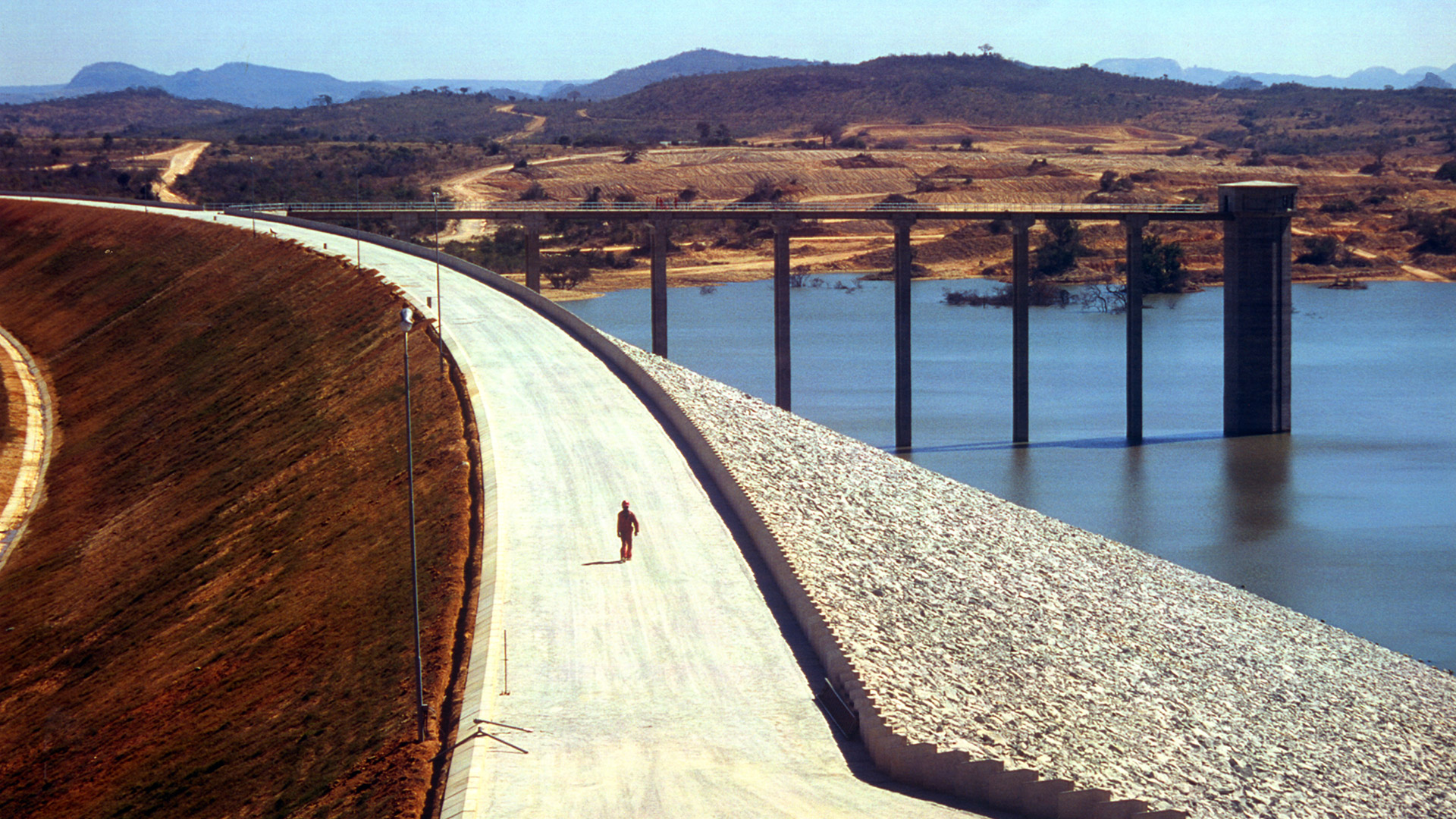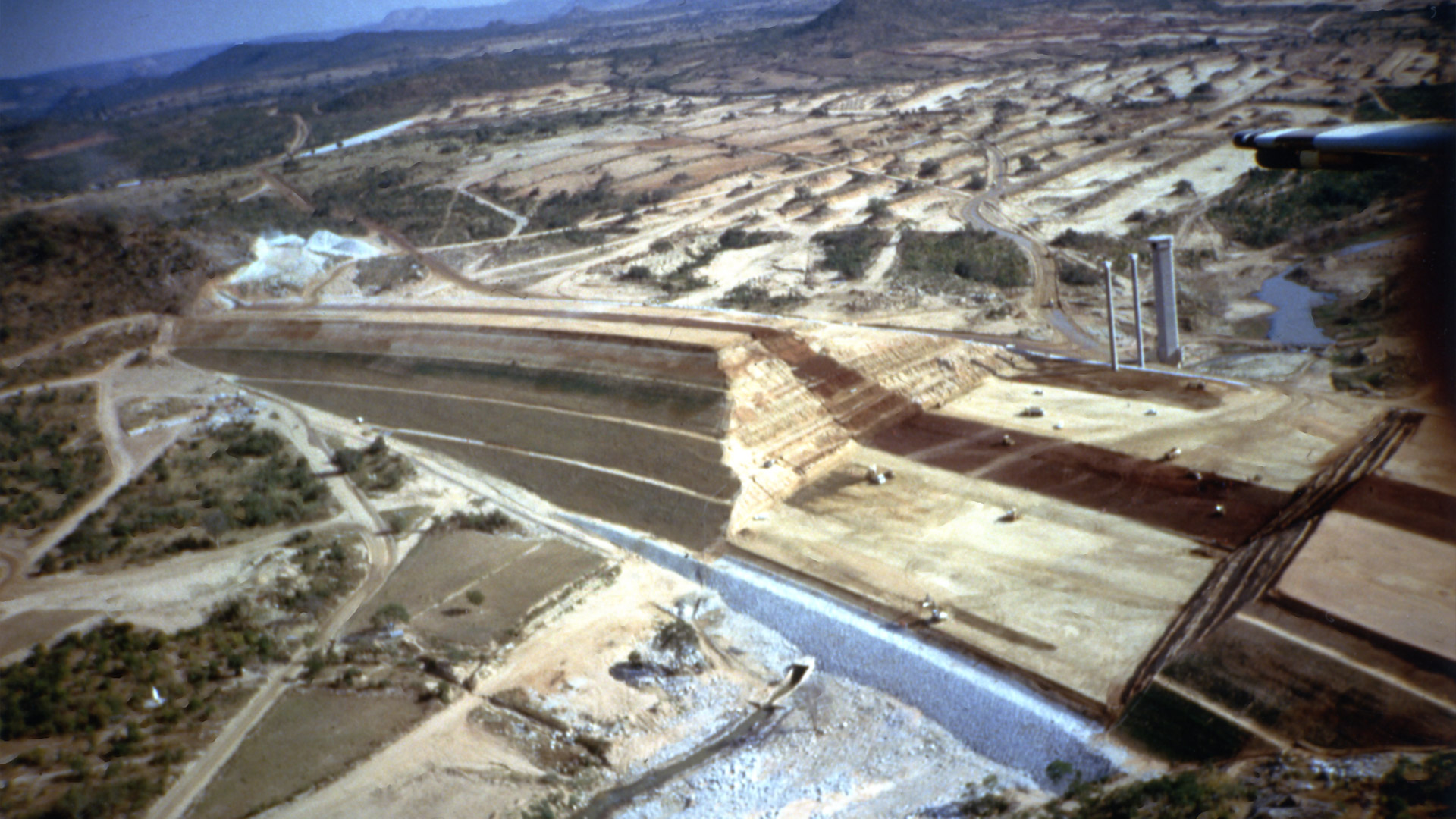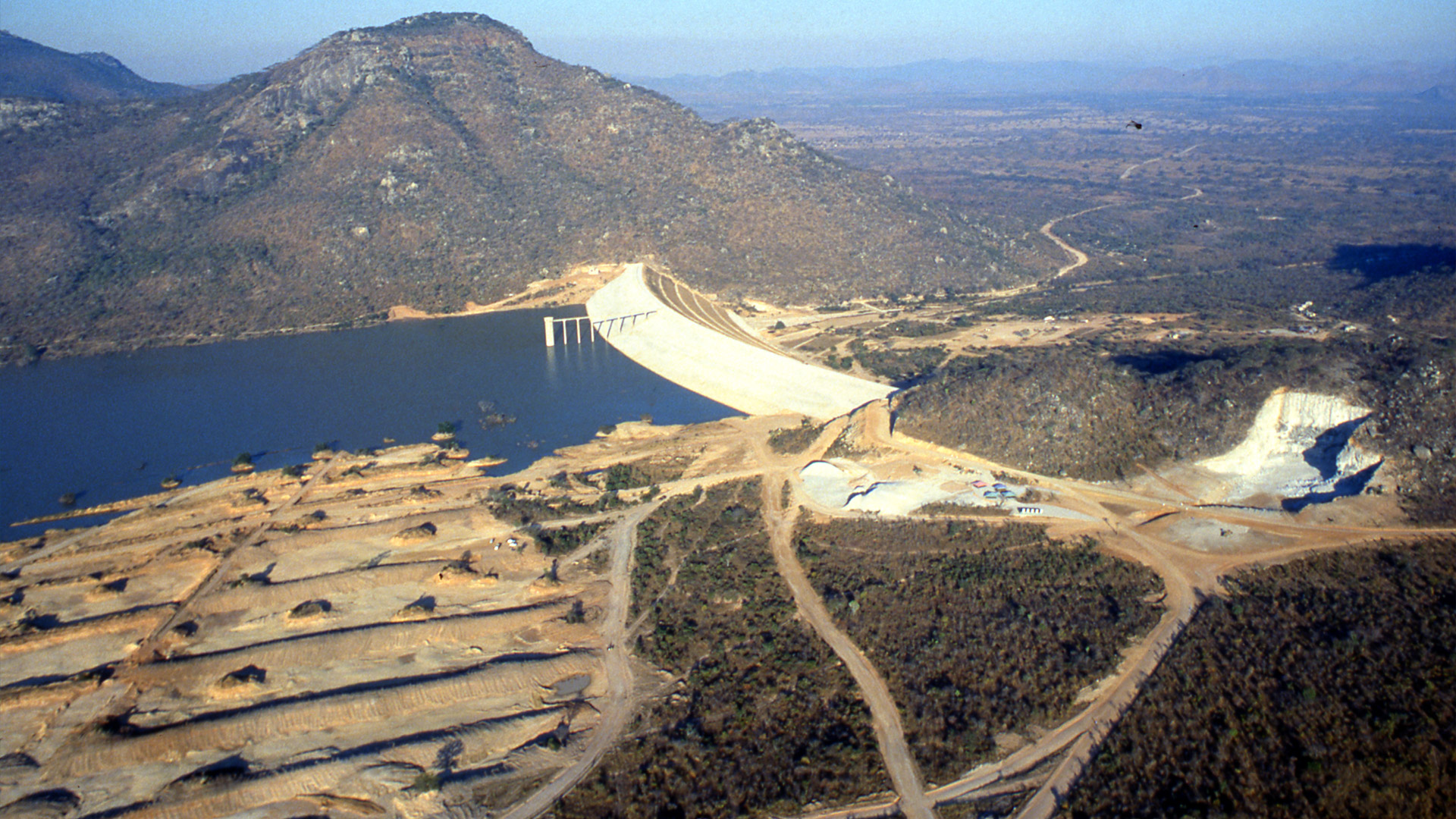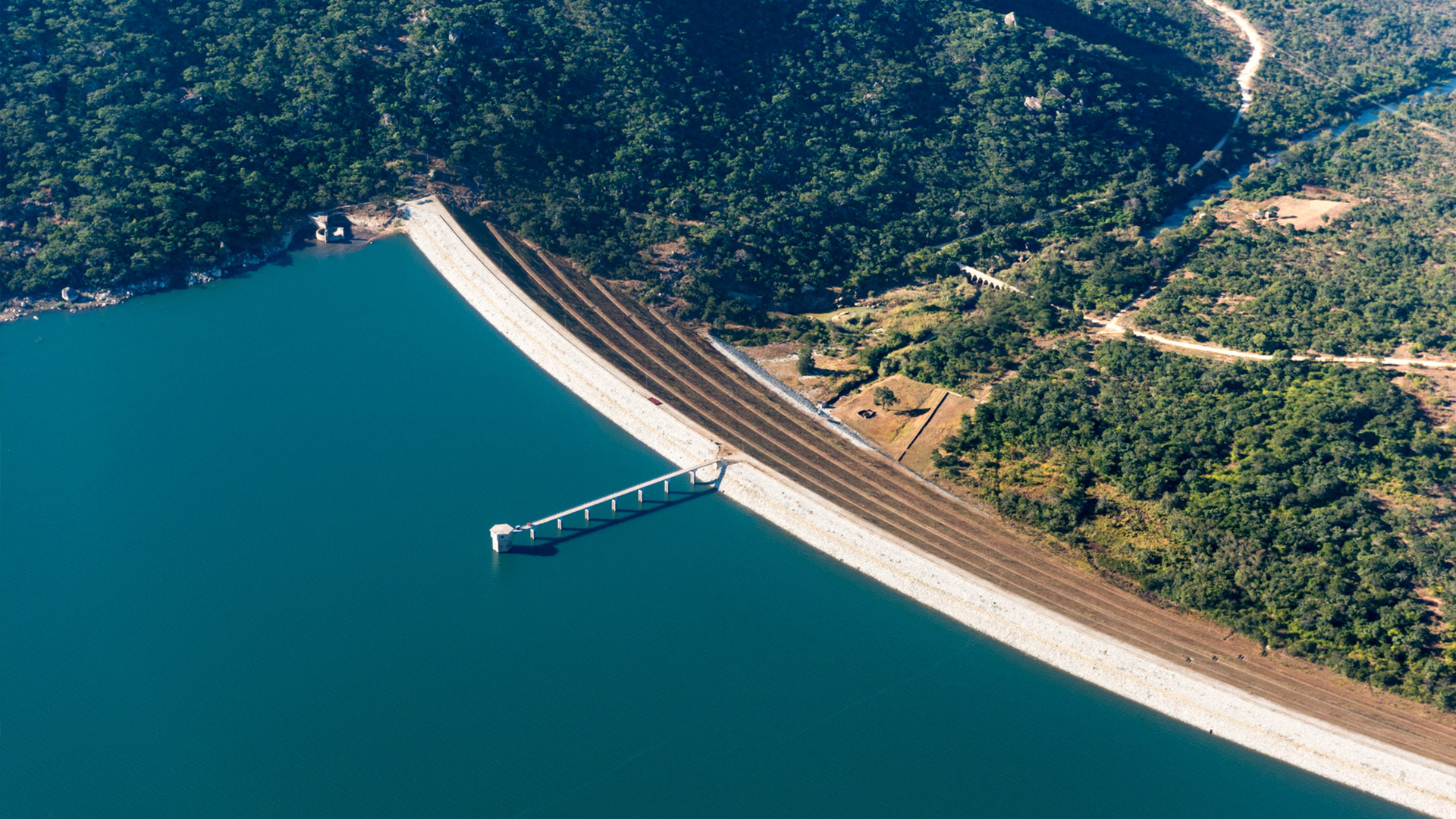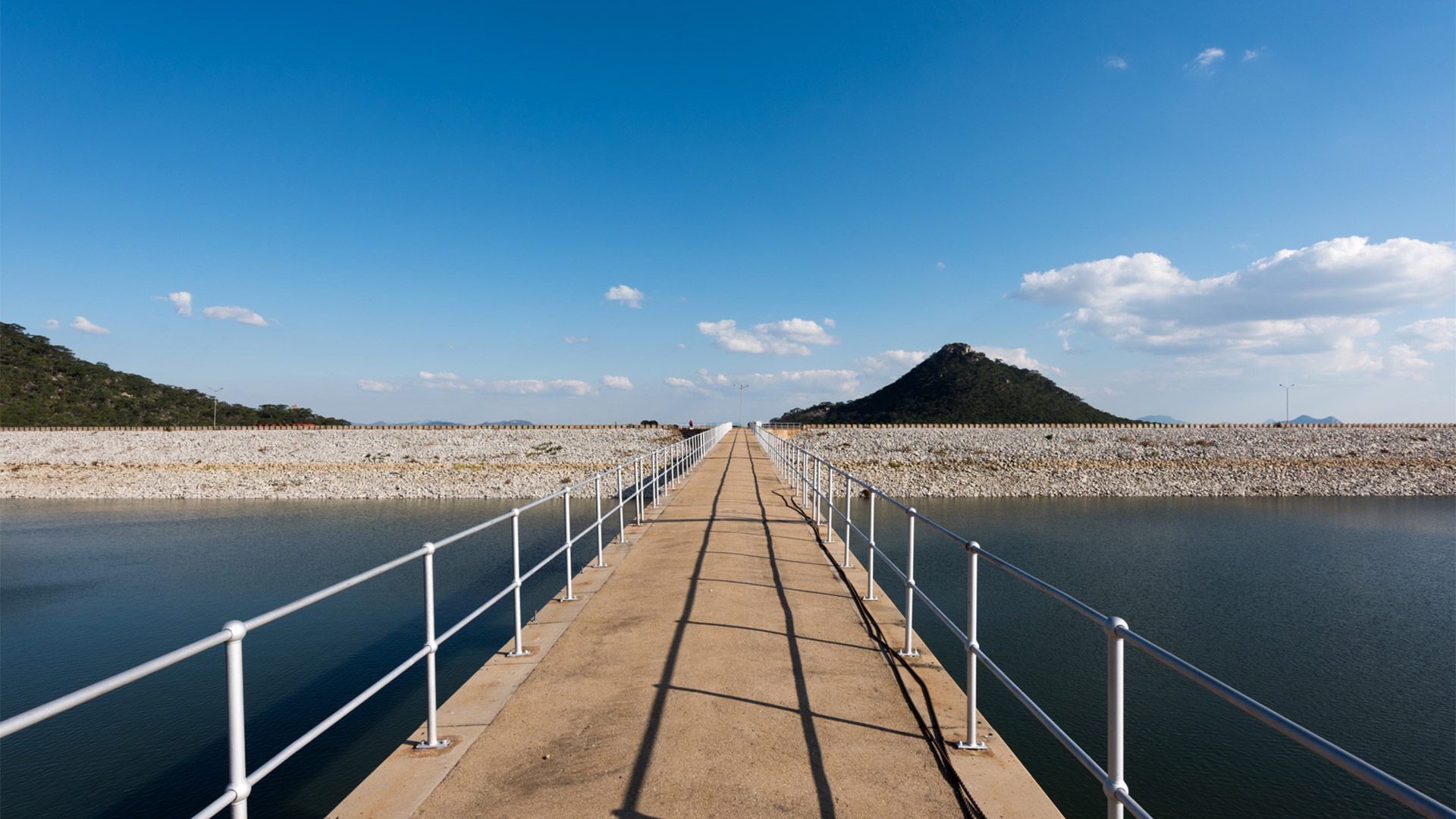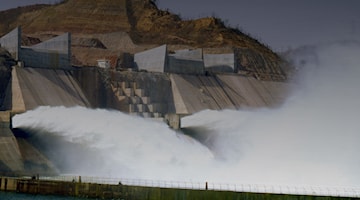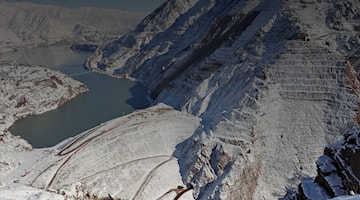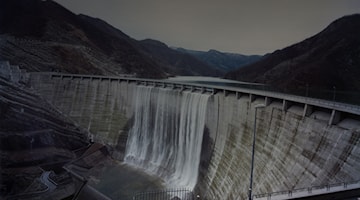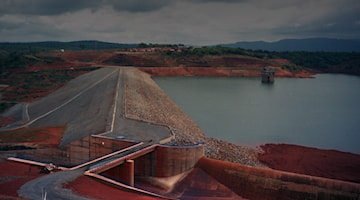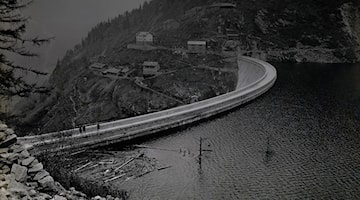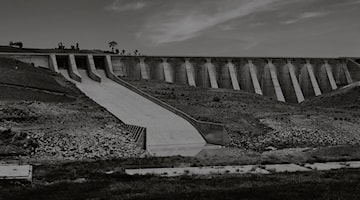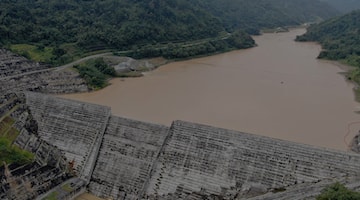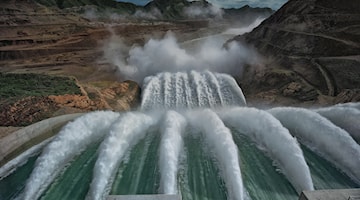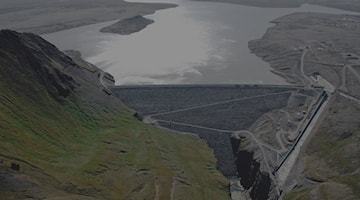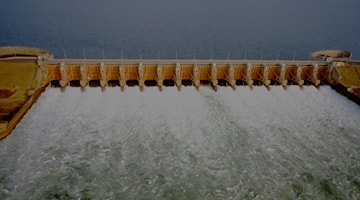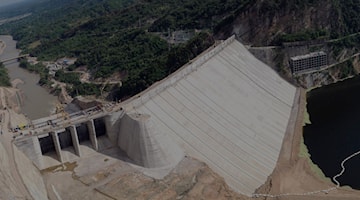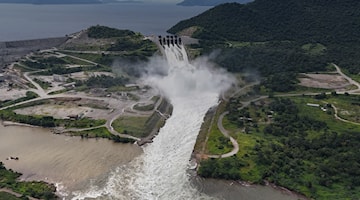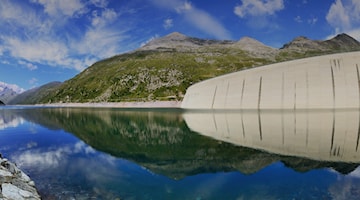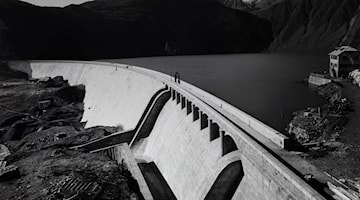Osborne Dam on the Odzi rive, Zimbabwe
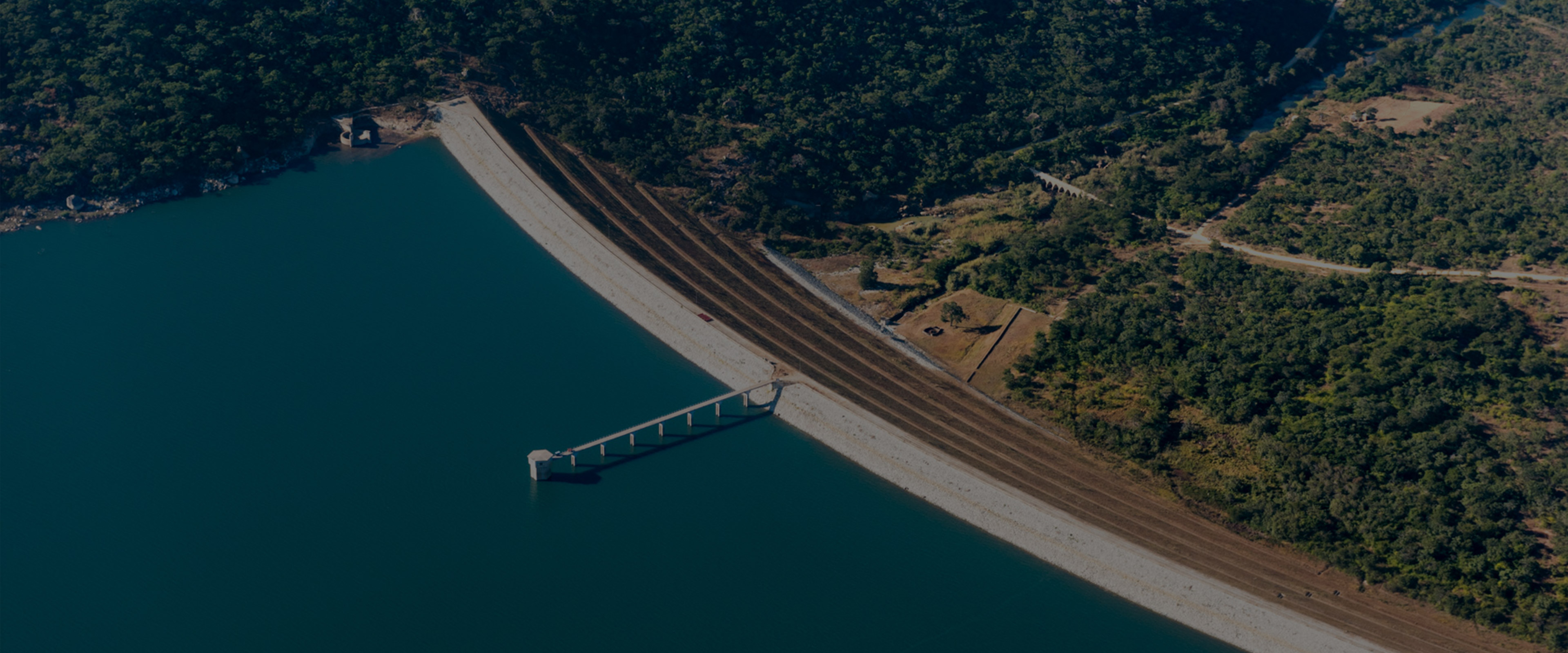
OSBORNE DAM ON THE ODZI RIVE, ZIMBABWE
In 1991, the Osborne Dam in Manicaland Province was a game-changer for the country's livelihood. It was the third source of hydroelectric power, allowing rainwater to be stored during the rainy season to compensate for the drier periods of the previous drought. Since the construction of the dam, part of the water has been used as the main source of clean water for the city of Mutare and other small towns in the area, and the rest, i.e. the majority, is used to irrigate agricultural land, the main source of food.
Specifically, the project consists of the construction of a main dam on the Odzi River, which is approximately 1 km long and creates a reservoir area of 26,000 km3, with a maximum capacity of 400,000,000 m3, forming the largest lake in Manicaland Province and one of the largest inland lakes in the country. A secondary dam was then constructed on the right side of the reservoir, with a spillway and tunnel, which discharges into a short canal that ends in an energy sink.
The construction of the Osborne Dam was important to the area not only in terms of the water resource for its livelihood, but also for the large number of jobs it created.
During the rainy season in November 1993, a dam corps of 1,090 workers was observed, and from May '92 to November of the following year, at least 630 people worked every day.
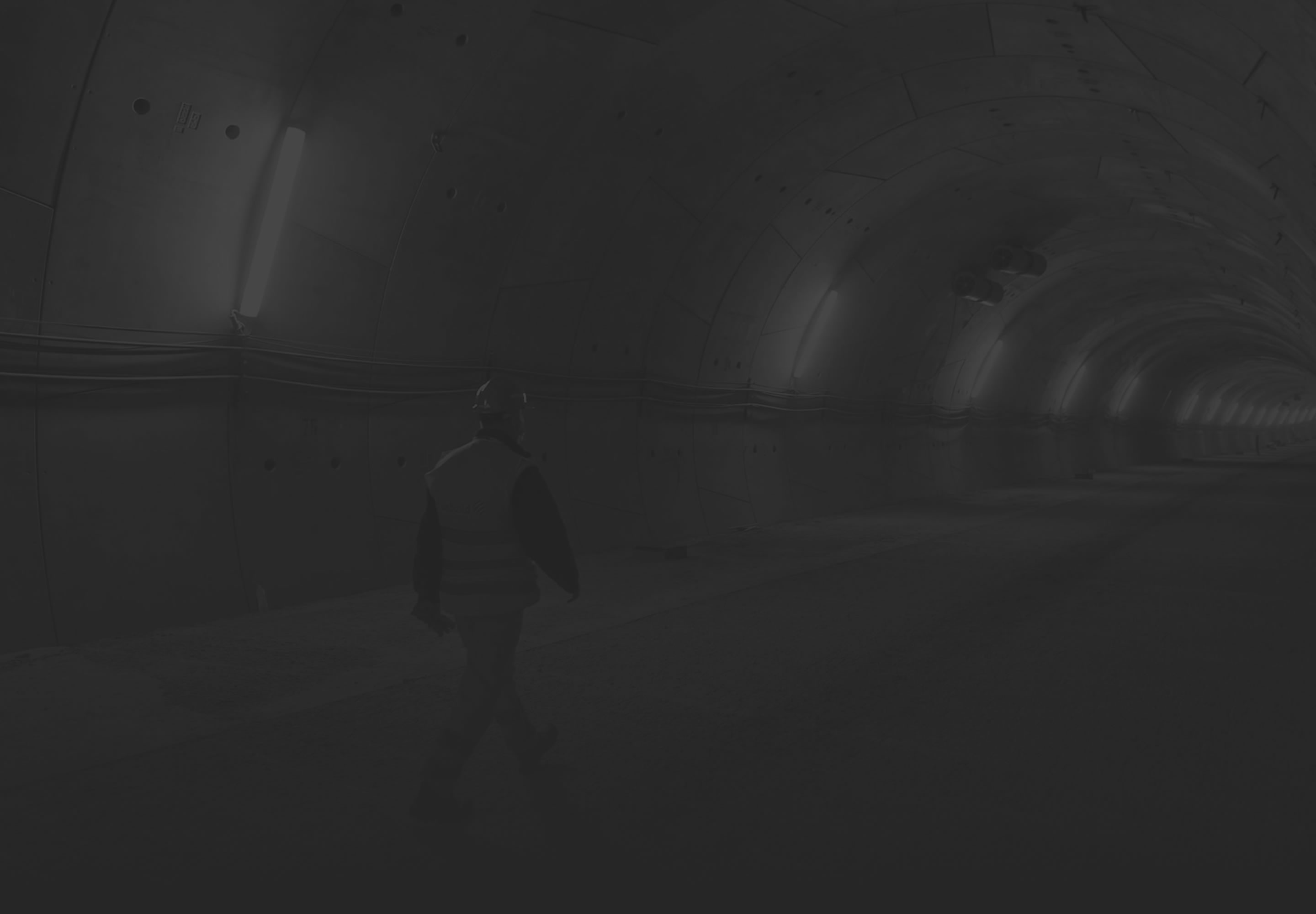
THE WORK AND THE TECHNIQUE
M³ SURFACE EXCAVATIONS
M³ UNDERGROUND EXCAVATIONS
M³ CONCRETE
M³ EMBANKMENTS
Ministry of Lands, Agriculture and Water Development Department of Water Development





